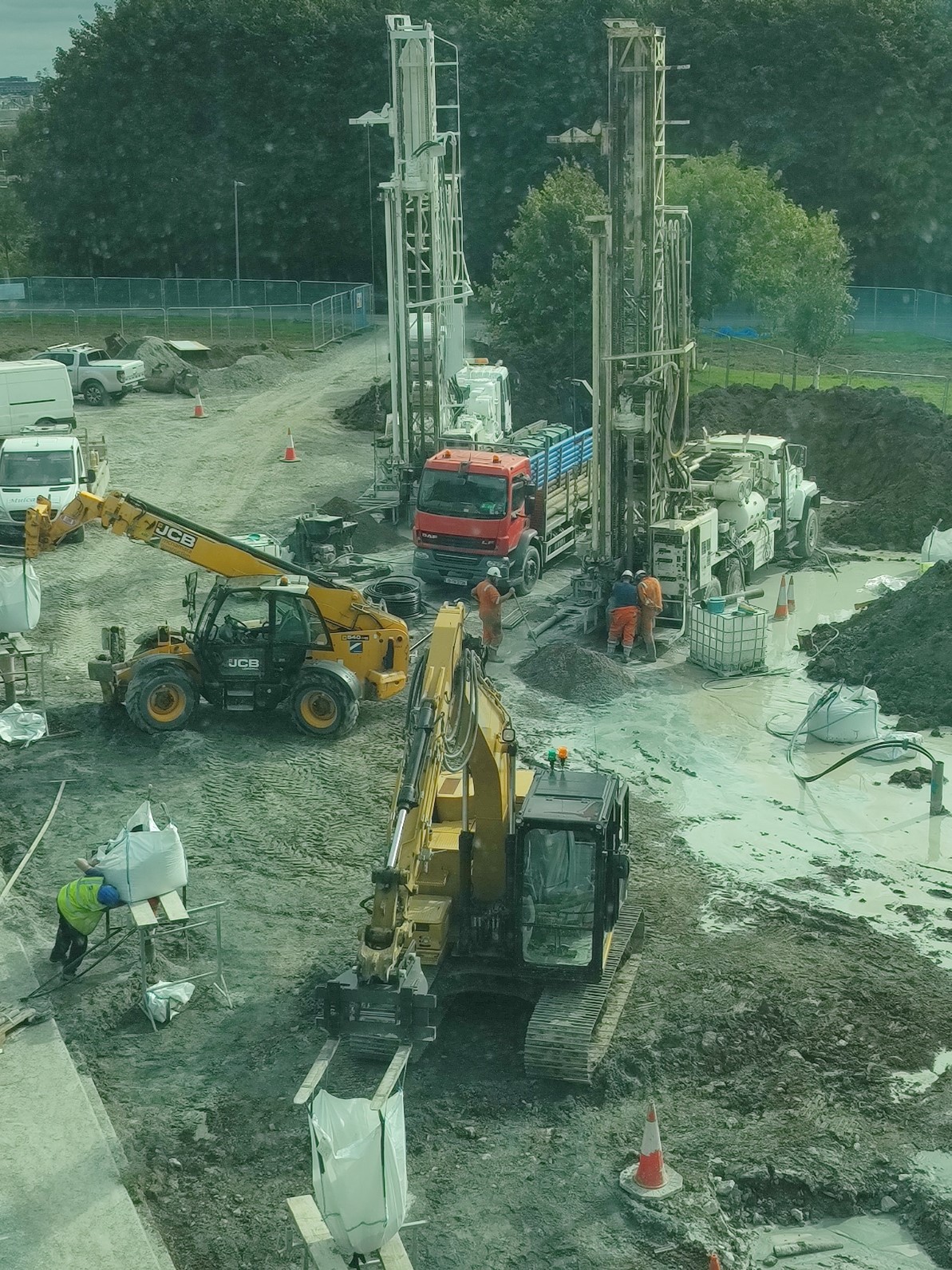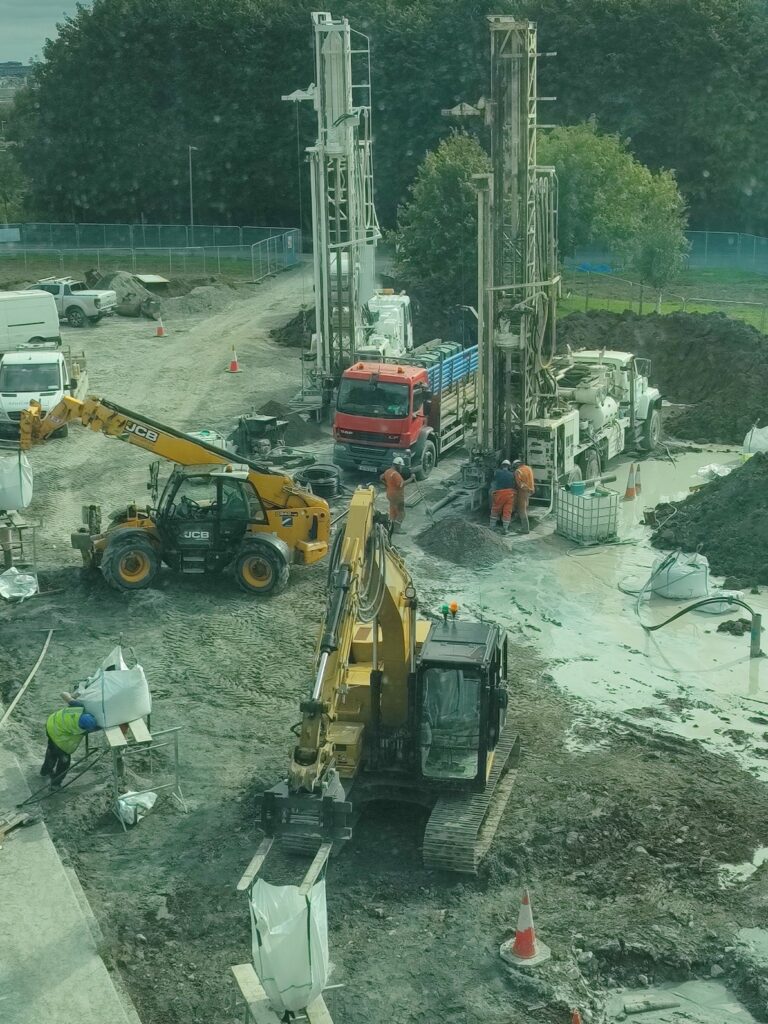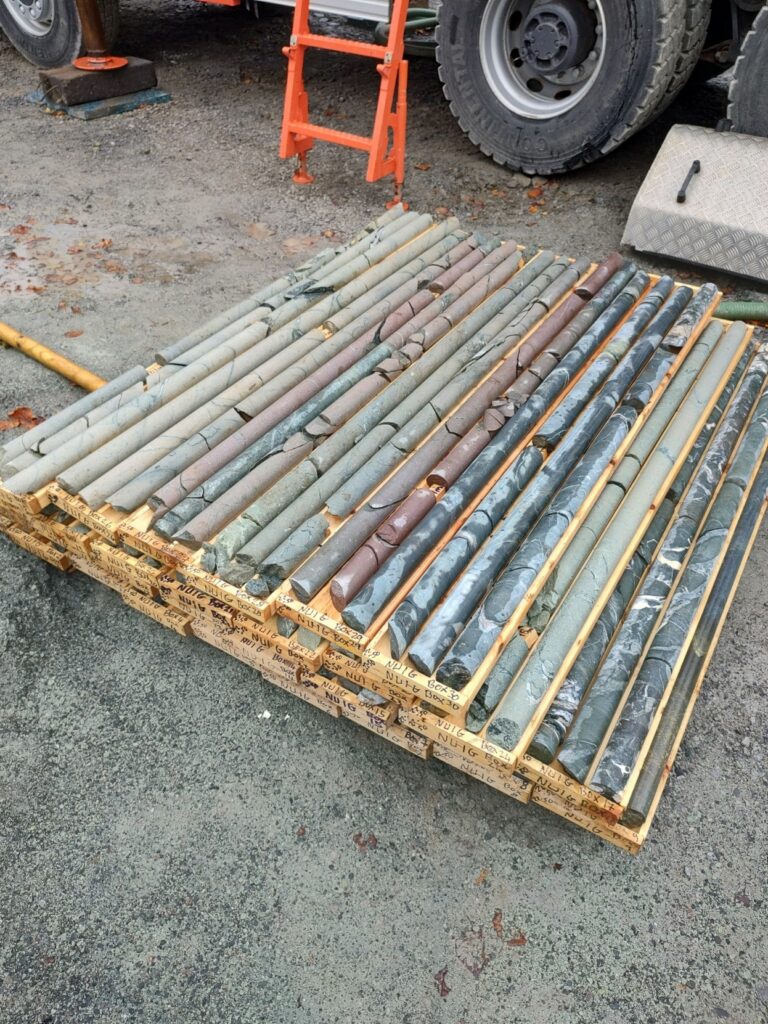As part of the GEOFIT project, we conducted a holistic sustainable study of the novel GSHP (Ground Source Heat Pump) concepts on energy efficient building retrofitting, which is taking into account environmental (LCA), economic (LCC) and social (S-LCA) aspects.
LCA aspect
LCA analysis was performed according to ISO 14040-44, using SimaPro v.9.1 software and Ecoinvent v.3.6 database.
The analysis of the 10 selected environmental impact categories of the novel GSHP concepts shows that the heat pump or borehole heat exchanger is the most dominant element in the construction / installation phase, it depends mainly on how many boreholes are installed on site and how much mortar or diesel have been used for the borehole(s) installation. In the case of a heat pump, the main source of environmental impact is steel (in various forms) and copper. However, both are recyclable metals that can be reused again in the production process and therefore they do not present a significant environmental risk, as well as the buffer tank, that has a negligible impact on the environment In addition, from the comparative analysis of the two systems before and after thermal energy retrofitting, we were able to conclude that the reduction of CO2 emissions to the atmosphere at the operational stage is clearly visible, in the case of Sant Cugat buildings it is about 50%, and in the building on the Aran Islands, even more than 80%, Figure 1.
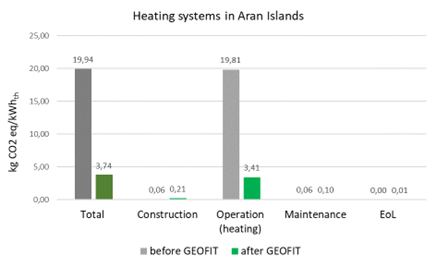
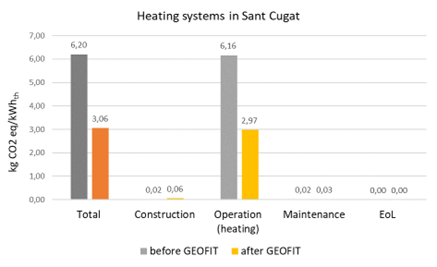
Figure 1: Environmental impact at each stage of the life cycle of the heating systems in the Aran Islands building and the heating systems in the Sant Cugat buildings in relation to 1 kWh of thermal energy delivered to the building to maintain the comfort temperature, considering a study period of 30 years.
LCC aspect
LCC analysis was carried out according to the ISO 15686-5:2017. The results of the LCC analysis show that the expected payback time (PBT) of investment costs can be up to 6-11 years, it all depends on energy inflation (EI), which is not particularly stable, Figure 2.
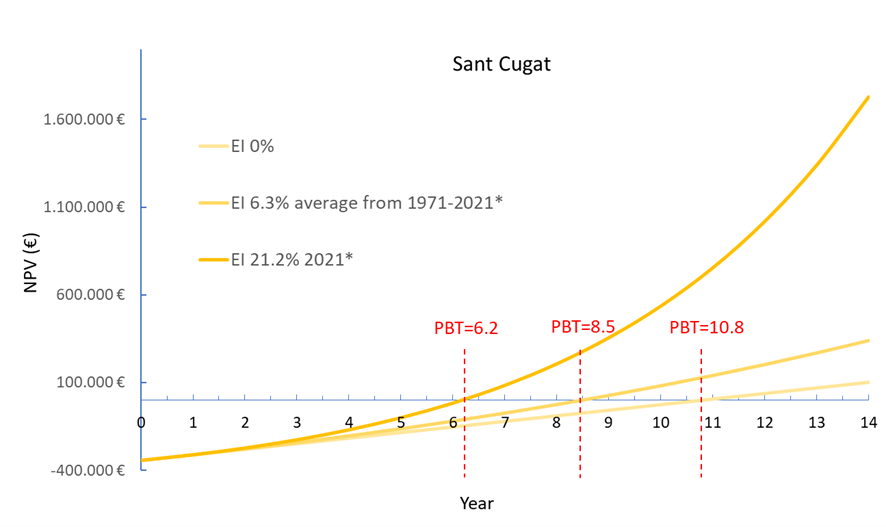
Figure 2: Payback time of investment costs for Sant Cugat pilot.
The higher the inflation, the faster the return-on-investment costs.
S-LCA aspect
Regarding the S-LCA study on the potential positive and negative social impacts of a novel hybrid heating/cooling geothermal system, it was performed in line with the UNEP/SETAC guideline.
General positive conclusion has been drawn based on the indicators developed for this purpose.
First of all, the new geothermal system will allow to improve the economic and health benefits of the operation phase, which will be mostly well received by the consumers (users). Also, regarding the construction / installation phase, which mainly involves the following stakeholders: workers, local community, value chain actors and society, no deviation from the norm was noted.
By Ewa Alicja Zukowska and Jose Jorge Espí Gallart (EURECAT).
